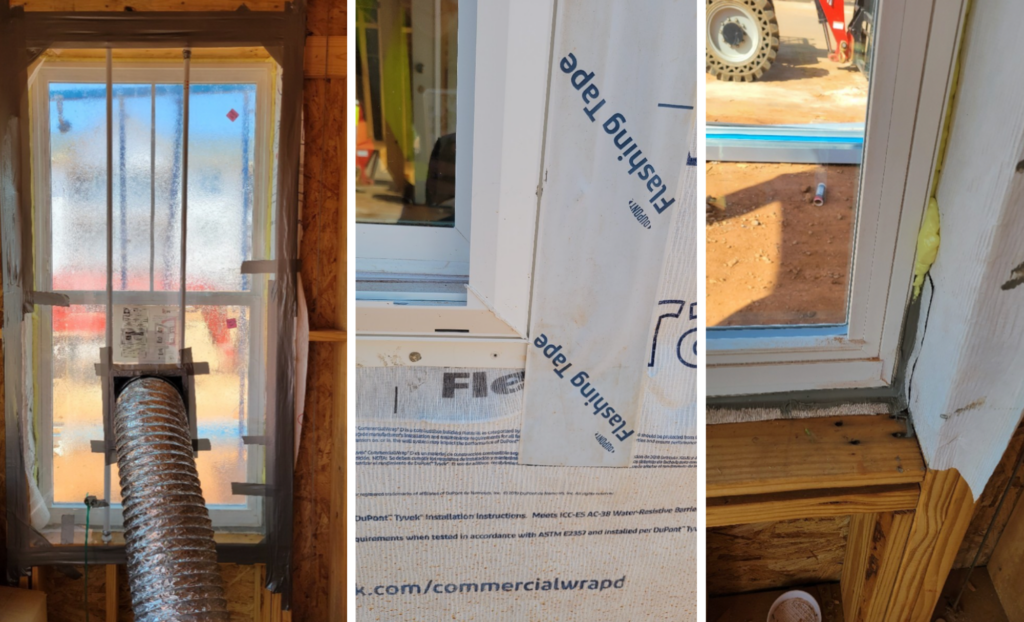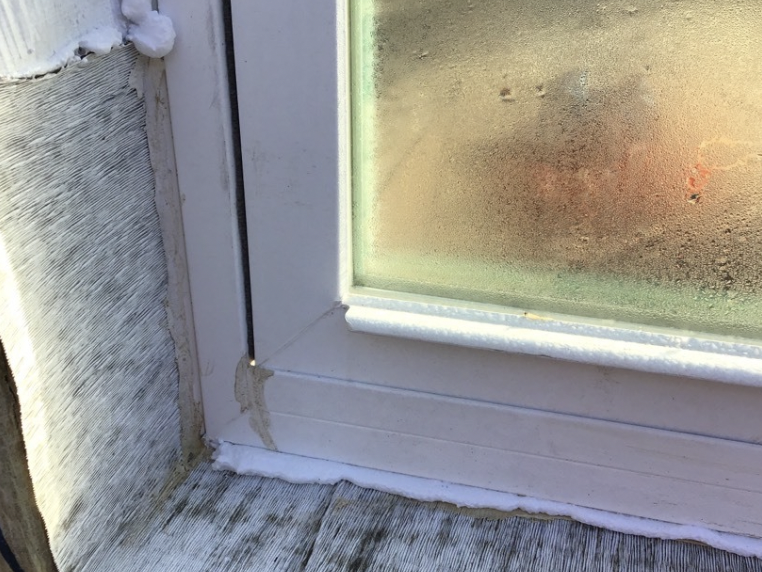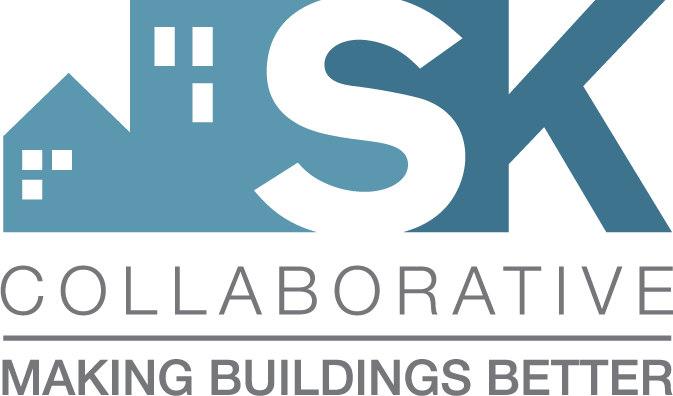
20 Oct The Value of Spray Rack Testing – Observations from the Field
The Value of Spray Rack Testing
For building owners, quality assurance of a structure’s enclosure is an investment that can save tens of thousands of dollars in the long run. Studies have found that up to 80% of the lifecycle cost of a building occurs during the operational and maintenance stages, meaning every penny spent in the design and construction phase could potentially be a dime saved later on.
Our building enclosure experts have seen it all. Read on for our insights on the dangers of water intrusion, the value of spray rack testing, and the top issues we see in the field.
Rain Today, Problems Tomorrow
Perhaps the most common culprit in building enclosure failures is water damage. There are many ways water sneaks into buildings, but there are several strategies builders can take to minimize the amount that gets in.
Building enclosures that are not properly weather sealed are subject to water intrusion through windows and weather barriers. This can lead to cosmetic flaws, mold formation, and long-term structural damage. Mold and microbial growth, in particular, can cause poor indoor air quality and respiratory issues such as asthma (more on this in our blog: At the Intersection of Green Building and Public Health). Owners can prevent premature loss of value on their real estate investments by protecting the structural integrity of their buildings through effective water management. Getting the building enclosure details right in both new construction or renovation can avoid having to make costly repairs in the future.
Unfortunately, there’s no full-proof, 20-year warranty that comes with the installation of your wall assembly, windows, or roof system, but hiring a good Building Enclosure consultant comes pretty close.
SK Collaborative works with contractors, owners, developers, and architects to do in-depth quality checks of the building envelope on new and renovated construction. We conduct thorough plan and product submittal reviews, visual observations, reports on installations, and test selected areas for leakage.. Our services provide assurance that the building enclosure is designed and installed correctly for long term durability.
Spray Rack Testing
One of our top recommendations for assessing a building enclosure’s water resistance is spray rack testing. Spray rack testing is a standard method for determining the amount of water penetration in installed exterior windows, skylights, and curtain walls. This helps us identify both installation and product defects before exterior finishes are done, providing an opportunity to correct any problems before they are covered up and avoid long term water intrusion into building structures.
For this process, we test a representative sample of windows and the wall mockup if available. Our reports identify the cause of failures – whether it is a problem with the window unit or the installation – and our recommended corrections to make before proceeding with construction. Get a more in-depth look at the step-by-step process in our Spray Rack Testing Factsheet.
Examples from the Field: The Good
Before we show you the bad, here are some examples of windows working like a window should. In the images below, the windows were installed and flashed correctly, and the weeps (small holes that let water drain out) were flushing the water, resulting in no leakage on the inside during the test.

Diagnosing Failures: The Bad
When we diagnose failures during testing, they’re typically due to one of two things: manufacturing defects or faults in the installation. Sometimes, if a window is particularly unlucky, it’s both!
Installation Defects
Issues with a window’s installation are very common, and we often see the same problems reoccur. For example, we occasionally see tape not fully adhered to the water resistant barrier (WRB) and window. Sometimes, there are holes in the WRB near the window, or the flashing tape used hasn’t been properly rolled out. These small details often make the difference between a dry exterior and water damage.
In this example, there was water intrusion at the left where the two window sashes meet. Installers had forgotten to install part of the window, and sealant had not been applied to the exterior. We recommended installing the missing gasket piece from the window, and applying exterior sealant.

Manufacturing Defects
Although human error in installation is often to blame, manufacturer defects also occur. Sealant failure can happen between the glass and frame, or the window may have missing or damaged weatherstrips. In the example to the left, we observed water at the bottom left corner of the window when looking from the inside. However, we could find no faults in the installation, and the window was locked properly. The window was diagnosed to have a manufacturing fault in the seal at the back dam.

And the “Who Dunnit?”
Sometimes, it’s hard to find who is to blame for a failure. In the case pictured to the right, the water entered the unit between the bottom window sash and the frame at the window jamb on the right side of the window during the first two tests. The window is not set square in the opening. When the window is locked, it shifts to the left, creating a gap at the right jamb. For the third test, the window remained unlocked, and water entered the unit between the window frame and the foam sealant at the window sill.
With the window not being perfectly square, it was harder to pin a culprit on why it failed. The window could have come from the manufacturer as an imperfect square, or it could have been a little banged up at some point during installation or improperly shimmed, among many other reasons.
Regardless of the mystery of the failure source, we knew this was a water damage issue waiting to happen – and would eventually become a big headache for the building owner and the future occupant of the unit. Testing allowed us to identify faults before the window was fully installed on the building. The owner was able to replace the window and look for similar dents in others.

The Bottom Line
Spray rack testing is quality assurance. We want to make sure that building owners get what they pay for in terms of installation and manufacturing. By doing this, we build better, healthier, more durable and sustainable buildings for both owners and occupants.
Want to build better together? Reach out to us to learn more about our building enclosure consulting services and how you can keep water where it belongs — out of your building.




No Comments